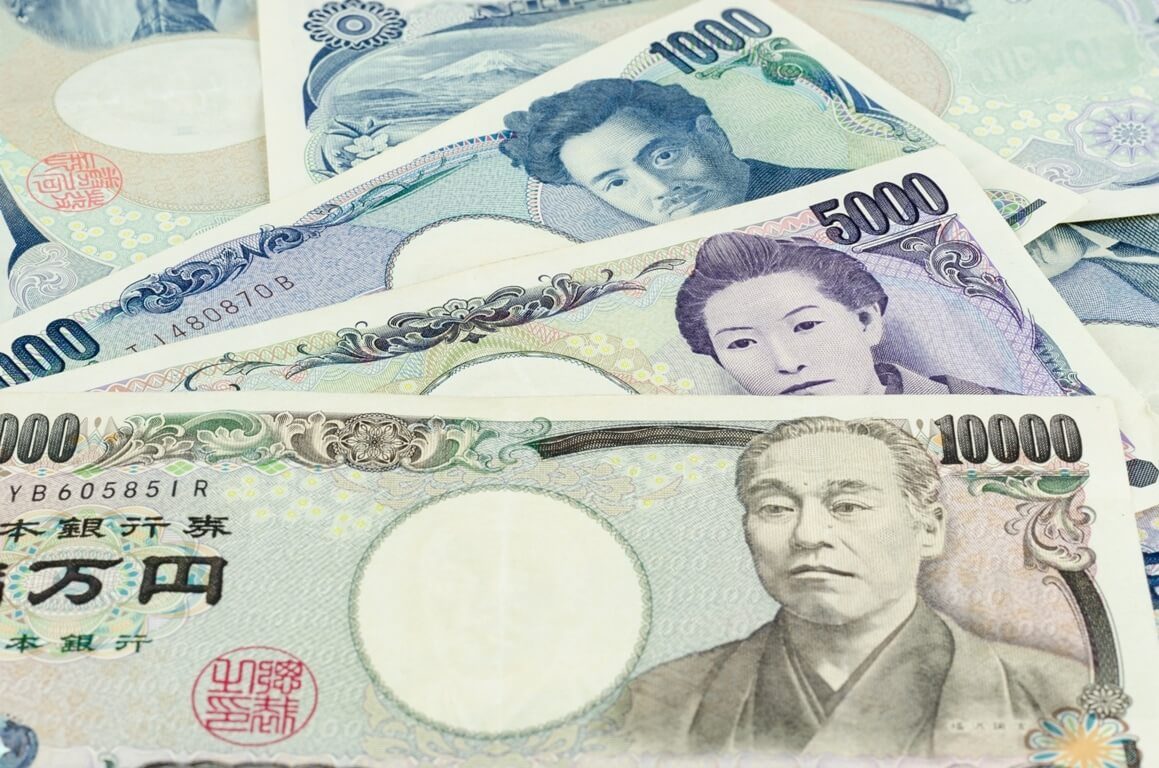
The U.S. dollar fell on Wednesday. What about Euro and Yen?
The U.S. dollar ended in the red on Wednesday. It plummeted against the Euro, at last firming slightly near its lowest level in two months versus the common currency. Investors awaited results from the U.S. elections. They also looked out for inflation data. That latter is due this week and will offer a new perspective on the interest rate outlook.
The Euro also declined slightly, dropping by 0.2% to $1.0051. However, it still traded near the fresh peak of $1.0096. The currency skyrocketed overnight, hitting its highest level since September 13.
Meanwhile, the greenback exchanged hands at 145.17 yen in Asian trade. The currency plummeted to its lowest level against the safe-haven Japanese currency in November. In addition, it collapsed to 0.9814 versus Swiss francs, its lowest level in almost five weeks.
Traders bet on the Federal Reserve slowing its aggressive interest rate hikes. At the same time, China started easing its coronavirus restrictions to support economic growth. These factors sent the U.S. dollar in the red, weighing on it heavily in the last week.
On Wednesday, investors focused on U.S. midterm election results, though. The latter showed an uncertain picture. It seems Republicans have better chances of winning a majority in the House of Representatives, but the forecasts are divided when it comes to the Senate.
What do the analysts say?
Michael Hewson, the chief markets strategist at CMC Markets, noted that if the Republicans win and get into one of the Houses, the Democrats won’t be able to spend as much money as they do now. That could be much less inflationary, which is good in terms of yields. Furthermore, such results can be positive for stock markets, as well. Even though the greenback is declining now, traders’ main focus is still on tomorrow’s CPI numbers, and the currency may change the course after that.
The CPI figures might prompt the Federal Reserve to continue hiking its interest rates in 2023. The agency is trying to hinder soaring inflation. However, there is also a possibility that the Fed will slow its rapid increases. Most investors expect an even higher increase in U.S. rates after the agency’s meeting last week. However, some are starting to doubt that the central bank will follow its current path much longer. The latter speculation could cap the greenback’s gains, though.
MUFG analysts noted that dollar selling might continue even if traders get another positive surprise with CPI. Last month, the USD sold off despite stronger CPI numbers.
On Wednesday, the U.S. currency rebounded versus some major currencies. It soared against the Australian dollar, with the latter losing 0.53%. In addition, the British Pound plummeted by 0.7%, exchanging hands at $1.1463. According to analysts, Sterling’s decline was due to technical factors.
How are the EM currencies faring?
Most emerging market currencies rallied in Asia on Wednesday. Improved risk appetite bolstered them even as China reported an increased number of new coronavirus cases. Consequently, the Chinese yuan traded in the red today, shaving off 0.2%. The country’s stocks also plummeted by 0.5% as factory gate prices declined. Consumer inflation slowed, as well, underlining worries over the economic outlook.
China saw a significant jump in new Covid-19 cases in Guangzhou, as well as other cities. The fresh reports soured investors’ hopes that the country would ease its virus restrictions and lockdowns anytime soon.
Barclays analysts stated that the 1.5-year low for core inflation, along with the weak CPI report, indicated weaker consumption in October. Considering such news, they lowered their inflation forecast for this year to 2.0%.
Meanwhile, Malaysia’s ringgit surged forward by 0.5%. The stocks also gained a small amount. The economy seems ready to soar in the double digits for the first time in over a year in Q3. However, the ringgit has plunged by nearly 12% against the greenback this year. In fact, it collapsed to an almost 25-year low last week, trading around that level since. Economists think that the currency might struggle a bit until the end of this month’s general election.
On Wednesday, the South Korean won rallied by 1.5%, while the Philippine peso climbed up by 0.1%. Indonesia’s rupiah also gained for the third consecutive day. On the other hand, stocks in Manila tumbled by 0.6% after adding 0.4% earlier in the session.




